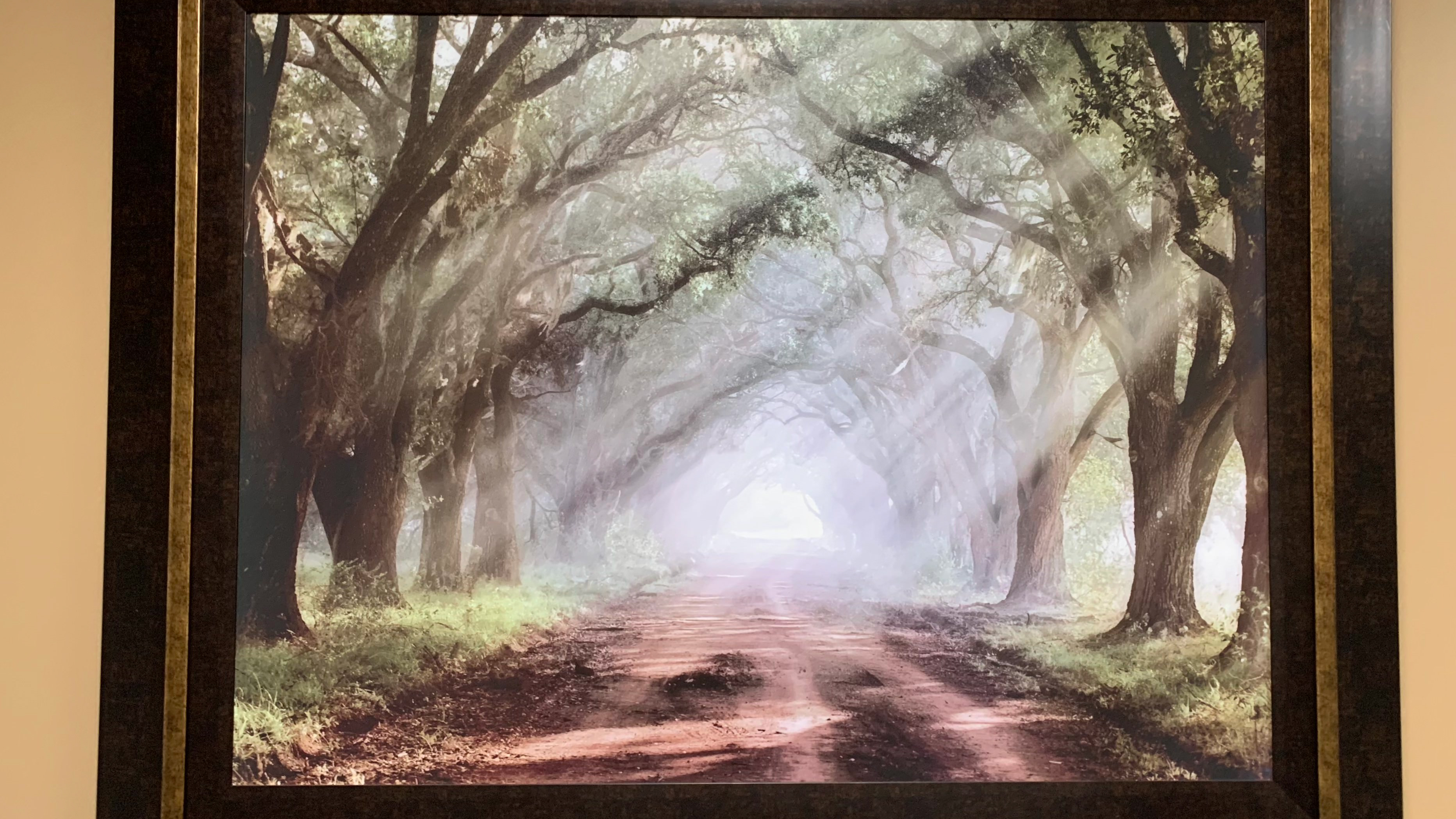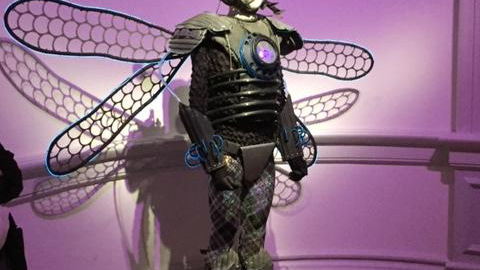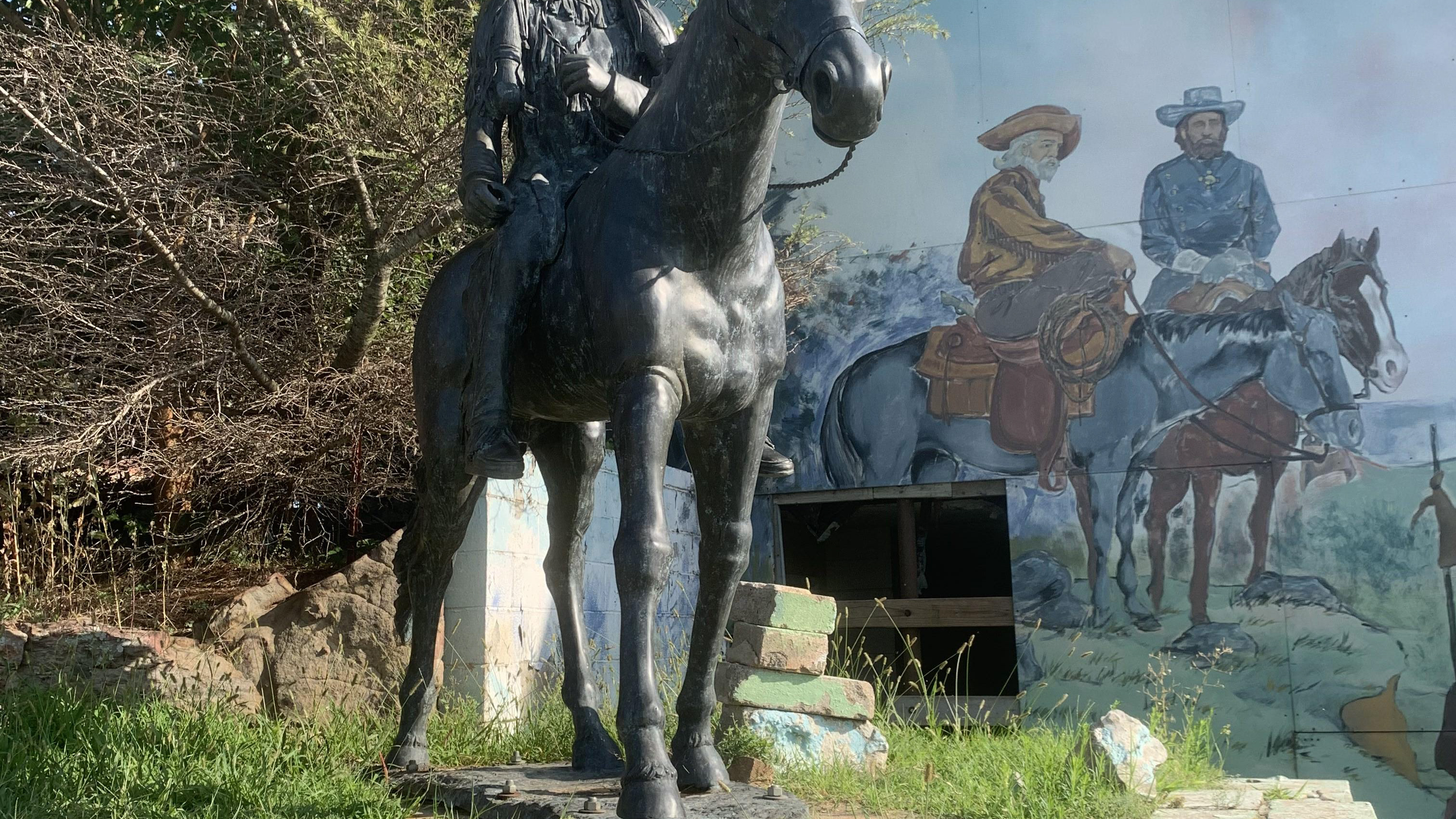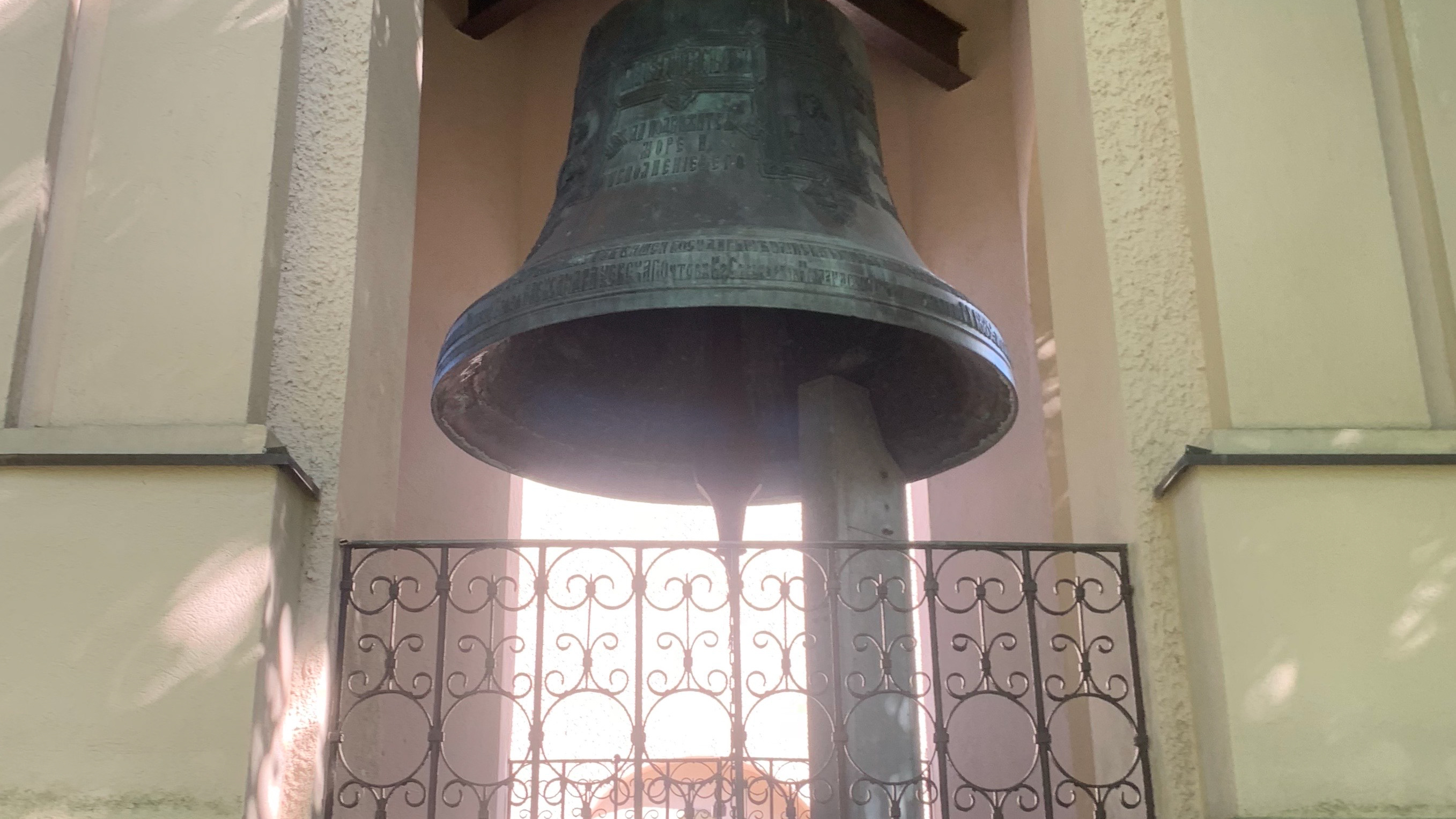Part One
On October 30, 2015 at 9 AM I attended the daily hearings at the District Court of Maryland in Silver Spring. This was held in courtroom 301 and presided over by Judge Cavanaugh. Visitors are inspected upon entrance to the building by having their bags x-rayed and then walking through a metal detector. Lawyers are also required to follow this procedure, however the police officers are allowed to walk through without inspection by showing their badges. A sign posted near the entrance instructs everyone to turn off their cell phones.
The courtroom ceiling was lined with many bright fluorescent lights. Inside the courtroom on the side closest to the door were rows of benches. Most of this was to provide seating for the public, except for a third of them on the far right, which were used as seating for the police officers. This was designated in each row by a sign that read, “Police Officers Only”. At the beginning there were thirteen police officers who all appeared to be in their thirties. Twelve of them were white males and one was a black female. The public consisted of many different ethnicities, and almost a third of them spoke other languages, mostly Spanish and French. About half of them appeared to be in their twenties, the other half in their forties, and there was one man who looked to be in his sixties. Of the thirty-two people occupying this section, two men were wearing full suits. The other men wore dress pants and sweaters, polo shirts, or button-down shirts. Of these thirty-two people, only two were female. One of them wore a dress and the other wore a skirt.
About halfway through the courtroom, the seating area ends at a railing, known as the “bar”. Beyond this is the “well”, which is occupied by the judge, the attorneys, the bailiffs, the defendants, the court reporter, the court clerk, and the court interpreter (during hearings). The judge sits in the far back center of the courtroom at a tall desk, known as the “bench”, which places him at a physically higher level than all others in the courtroom. He is wearing a zipped up black robe with a suit underneath. His bench is mostly clear except for a sign that reads “Judge Cavanaugh”, as well as green folders placed into a file organizer. Behind him on his right was the American flag and on his left was the Maryland state flag. Both flags were lined with gold fringe around their perimeters. The flagpole of the American flag was topped with an eagle and the flagpole of the Maryland flag was topped with a cross.
On the judge’s left, next to his bench, the court reporter and court clerk sat next to each other at a desk placed lower to the ground than the judge’s. They each had a computer in front of them. Except for the most of the defendants, the reporter and clerk were the only people in the well who were not wearing suits. Instead they wore dress pants and sweaters. There were two bailiffs in the courtroom, one male and the other female. They wore identical suits with beige dress pants, white shirts, and navy blue jackets. They both had red lanyards around their necks that held their identifications. The male bailiff stayed within the well the entire time, and mostly stood next to the court reporter and clerk. The three of them would talk quietly to each other in between proceedings. The female bailiff would walk through the aisles going in and out of the well, looking around at everyone. Of all of the courtroom employees, she was the only female. Neither of them sat down throughout all of the proceedings.
The state’s attorney remained standing at the plaintiff stand the entire time, never leaving the well. He had many large files with him, and spent the time in between hearings looking through his paperwork. When the judge called cases, the state’s attorney was the first to respond to him about whether the case was ready to proceed. Many cases were postponed or cancelled because the witnesses and police officers meant to testify against the defendant did not show up on time. The attorneys representing the defendants would sit with their clients and whisper while waiting for the case to be called. Sometimes, the attorneys would even stay after the hearing to talk more with their clients. When they were called to the defendant’s stand, the attorney would stand to the left of their client. If the defendant required an interpreter, the interpreter would need to be called in ahead of time. During the hearing, the interpreter would stand on the defendant’s right side. For hearings with an interpreter, the judge would instruct the clerk to “swear in” the interpreter, which involved the interpreter raising his right hand and repeating after the clerk that he promised to translate truthfully. Following this, the defendant was then sworn in, which had a very similar procedure, but instead involves the defendant promising to tell the truth.
During a hearing, everyone would remain quiet except for the judge, the state’s attorney, the defendant, the defendant’s lawyer, and any witnesses. In between hearings, everyone in the well, such as the judge and the state’s attorney, would whisper to communicate. When the judge was ready to call cases, the state’s attorney informed him that they were missing many key witnesses and police officers that would be necessary in order to proceed with the cases. The judge rolled his eyes and called for a recess, which immediately prompted the female bailiff to shout, “All rise!” This caused everyone in the courtroom to stand up, except for one man in the third row who was preoccupied writing. The bailiff immediately walked over to him and said loudly, “Stand up, please,” which prompted the man to stand up. Once the judge left the courtroom through a back door behind his bench, some people sat back down and others left the room.
Part Two
“Political anthropologists define political organization as the groups within a culture that are responsible for public decision making and leadership, maintaining social cohesion and order, protecting group rights, and ensuring safety from external threats.” (Miller 2010) District courts, as well as other courts, can be considered a part of our society’s overall political organization. All employees of the court, not just the judge, uphold these responsibilities. The most impactful part of the courtroom setting is the judge’s placement within it. He is seated in the rear center of the room, with most others in the room facing him. His desk is placed up higher than all others. This symbolically identifies him as the most powerful person in the room. In other words, this setup is meant to portray him as the leader. As the leader of this situation, the judge possesses power, authority, and influence.
The judge’s authority comes from his professional analytical skills and legal knowledge. In order to become a judge, one must achieve a certain level of legal education and experience. Like lawyers, judges must also complete a Juris Doctor program. Most judges started as lawyers and gained many years of experience before being nominated and elected for the position.
The judge also has a significant amount of power. If the judge’s orders are opposed, he is able to take action against the person who opposed the order, often by fining or imprisoning them. However, this power does have limits placed upon it, as there are minimum and maximum sentencing limits. Police officers reinforce the judge’s power with their own power of force. Although they have different duties, judges and police officers are both required to uphold and enforce the law.
The judge also has influence over others, especially the defendants. In one case, the defendant had been driving without a license for fifteen years, and this was his first time getting in trouble for it. His lawyer argued that the reason the defendant had not gotten a license because he is illiterate. The judge stuck to his moral standpoint on the law and informed the defendant regardless of any other issues, it is required by law to obtain a driver’s license in order to have the privilege of driving. In this way, the judge was able to put moral pressure on the defendant to follow the law.
Displacement is a strong feature found in the communication in a hearing. Anyone testifying in the hearing will often refer to the incident that brought about the charges. This involves communicating their perspectives on the details of past events. At the conclusion of the case, the judge may also refer to events in the future if the defendant is found guilty. In this situation, the judge is usually ordering the defendant to meet certain obligations by a required date.
There is also a noticeable difference in the language of the defendants versus the language of the judge and lawyers. Their language is often referred to as “legalese”, which considered a type of jargon used by legal professionals. Most often this language is communicated directly between the judge and the lawyers. Often when the judge or lawyers are speaking to the defendant, they use less or none of this legalese.
Regarding the emic perspectives of those participating in the hearing, the defendant and the plaintiff (the state’s attorney) have fairly clear goals that are usually communicated directly early on in the hearing. In general, the plaintiff wants for the defendant to be found guilty. In order to do this, the plaintiff will attempt to provide as much evidence against the defendant as possible. In contrast, the defendant desires to be found not guilty. To achieve this, the defendant will attempt to provide as much proof as they can to show they were innocent, or otherwise to provide justification for their actions. This is most often achieved with the assistance of a lawyer, as very few choose to represent themselves. Less clear is the judge’s emic perspective. According to their legal obligations, the judge’s role is to uncover the truth and enforce the law accordingly. However, this might not always be their complete motive, as judges may sometimes be biased regarding certain cases.
From an etic perspective, the quantitative data shown in Part One supports the idea of patriarchy existing within the judicial system. This information shows there is a disproportionately high number of men who are employed as lawyers, police officers, or other courtroom employees. Although many may conclude this is due to the historical presence of men as law enforcement officials, there can be no accurate conclusion because of other possibilities. It may also be true that women do not take interest in law enforcement. To gather more information on this topic, a critical discourse analysis should be conducted to specifically show the difference in communication between two men versus communication between a man and a woman, and even two women, within the courtroom.
References
Miller, B. (2010). Political and Legal Systems. In Cultural Anthropology In a Globalizing World (3rd ed., p. 161). Upper Saddle River, New Jersey: Prentice Hall.
How to Become a Judge. (n.d.). Retrieved November 1, 2015, from http://www.howtobecome.com/how-to-become-a-judge
Painting: Konsertti by Magnus Enckell, 1898; On Display at Ateneum, FI







